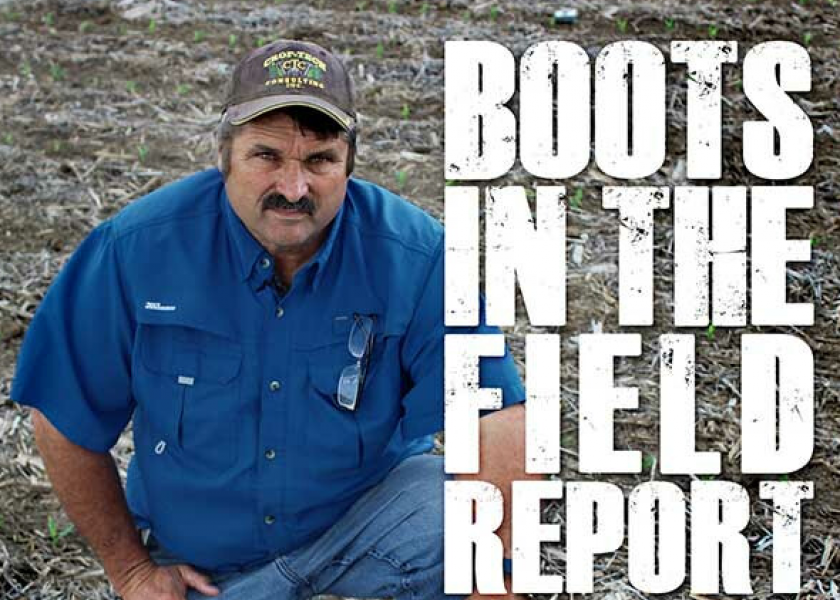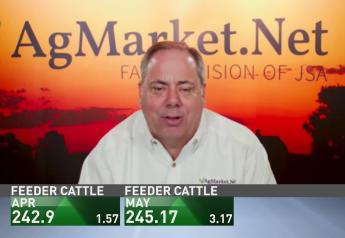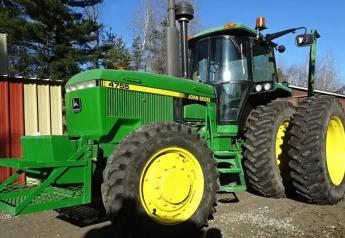Ferrie: Muddying Corn into Fields? That can Cost You 30 Bushels per Acre

The clock is ticking on planting season and causing considerable frustration for farmers anxious to get into wet fields.
That’s understandable, says Ken Ferrie, considering April 21 is generally considered the optimal date for planting corn in central Illinois and the date has already passed.
“A lot of experts say you lose about 1 bushel per day after April 21 for every day you’re delayed – if your planting conditions were optimal and you didn’t plant,” says Ferrie, Farm Journal Field Agronomist and owner of Crop-Tech Consulting.
The key phrase to hone in on: “if conditions were optimal to plant.”
Keep Your Powder Dry
If you jump the gun and muddy corn into wet, cold soils that could cost you big. Ferrie estimates you could easily lose 30 bushels per acre in that scenario.
“In that event, you could have waited until May 20 to plant and ended up with the same corn yield and a lot less replant,” he notes. “Of course, there would be some drying costs to consider in that picture as well.”
Corn mudded into cold, wet conditions is more likely to give you about two-thirds of a normal stand – rather than little or no stand. That partial stand can make replant calls a lot tougher to decide, though current, high prices would certainly figure heavily into the decision process.
“If you are planting at 36,000 (population) hoping for a 35,000 ear count but end up with 26,000 due to your planting conditions, that might not pay to replant in $4 corn. But in $7 corn, you're going to have to give replant some serious consideration,” Ferrie says.
What To Do?
If you’re struggling now because weather is not cooperating, be as prepared as you possibly can be to roll into fields when conditions allow – equipment ready, fields levelled and herbicide programs in place.
Depending on when that is, consider whether you need to go with soybeans or corn.
“When conditions are a go for corn and your operation cannot plant both corn and soybeans at the same time, we need to pull out of beans and get that corn planted,” Ferrie says.
However, he adds, “If you decide to push conditions and plant, go with soybeans not corn.”
Ferrie also addresses how to plant your soybean crop this year -- especially if you're considering moving to your Plan B -- in the following Boots In The Field podcast. Listen here:
Ferrie: Sit Tight Until Soil Conditions Are Right For Planting
Test Your Seed Before Planting To Avoid Quality Issues
Ferrie: How to Keep ‘$6 Corn’ Happy? Use Your Starter
A New Way to Think About Corn Yield







